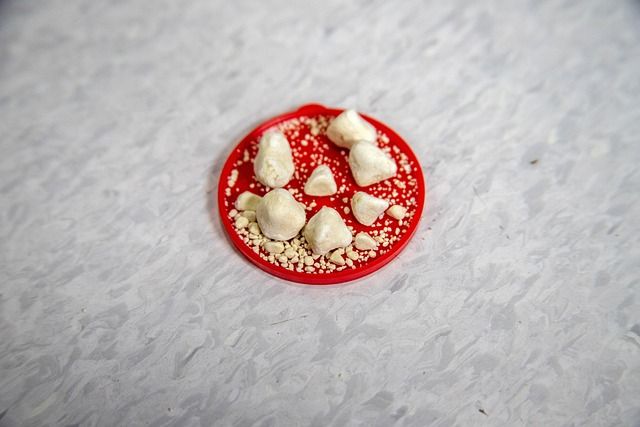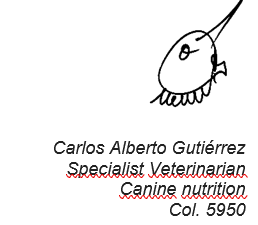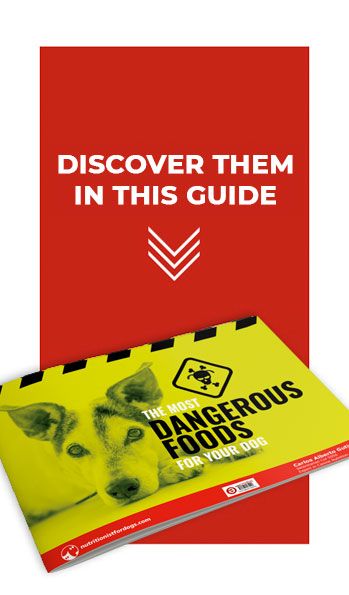
Prescription diets designed for specific pathologies in dogs and cats are widely available and can provide numerous benefits for our patients while offering convenience for their owners. However, it is crucial to ensure that these diets are also palatable and enjoyable for the animals to consume. This can be achieved through careful selection of ingredients and formulations that not only meet the specific nutritional requirements of the condition but also satisfy the taste preferences of our furry companions.
In cases of bladder stones, once their composition has been diagnosed and appropriate pharmacological therapy has been established, we can move on to developing specific nutritional recommendations for these patients.
Nutritional management
Sodium chloride and water
Effective nutritional management is crucial in preventing crystal formation and recurrence of kidney stones. One strategy to achieve this is by increasing water intake. Another approach is to incorporate sodium chloride (NaCl) into the diet, which can lead to an increase in water intake and diuresis, resulting in a lower relative supersaturation (RSS) of urine. A reduced RSS decreases the probability of crystal formation and helps prevent the recurrence of stones.
RSS decreases with greater water intake, resulting in undersaturated urine.
In smaller breeds, the quantity of urine produced is lower, which can lead to supersaturation which increases the possibility of crystal development.
Does increasing NaCl increase blood pressure? No, the levels used in a well-balanced diet to induce diuresis do not raise blood pressure in healthy patients.
While increased salt intake can lead to hypercalciuria, this is not a concern for patients with calcium oxalate (CaOx) uroliths when fluid levels in the bladder are also increased, although dietary recommendations should be tailored to each individual pet’s needs.
Studies have shown that an increase in NaCl and moisture in an acidifying diet can reduce the probability of crystal formation, including calcium oxalate (CaOx) and struvite, the two main constituents of kidney stones.
PH and frequency of the diet
In the formation of struvite stones, a urinary pH of neutral to acid is more important than the amounts of magnesium present in the diet.
The type of food directly affects the urinary pH in the hours following feeding. The longer the urinary pH remains within a range of 6.2 to 6.6, the lower the chances of urolith formation.
To achieve this, it is recommended to feed your pets several times a day. This type of feeding routine is more easily adopted by cats and should be encouraged. With dogs, this is possible if the owner is willing and able to divide their food into several small meals throughout the day.
Click here and fill out the questionnaire if you want to start working together with us.
Regards
Ignacio Arija. Veterinarian.
Complutense University of Madrid
Professor of the Department of Animal Production
Animal Nutrition. Faculty of Veterinary Medicine


